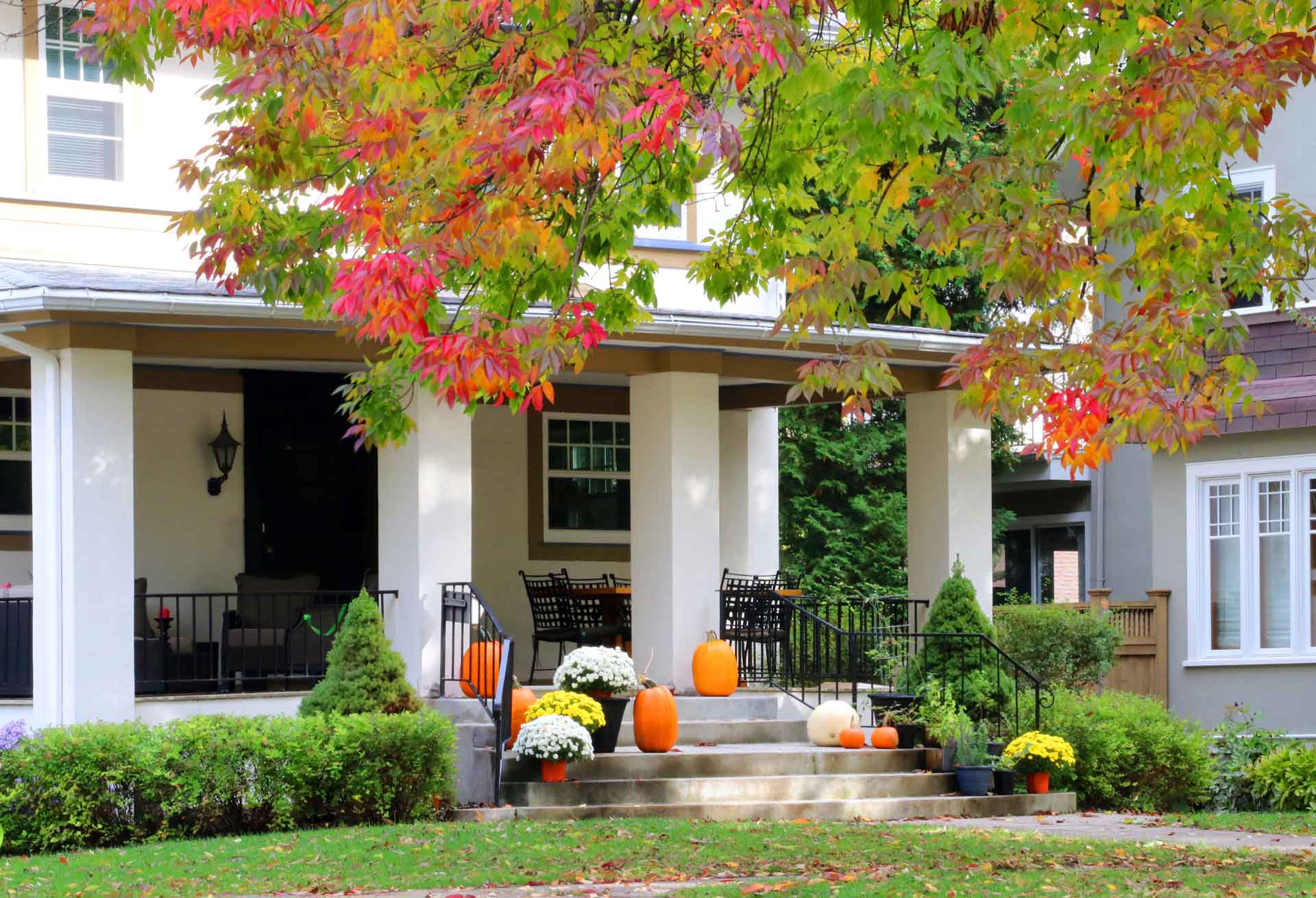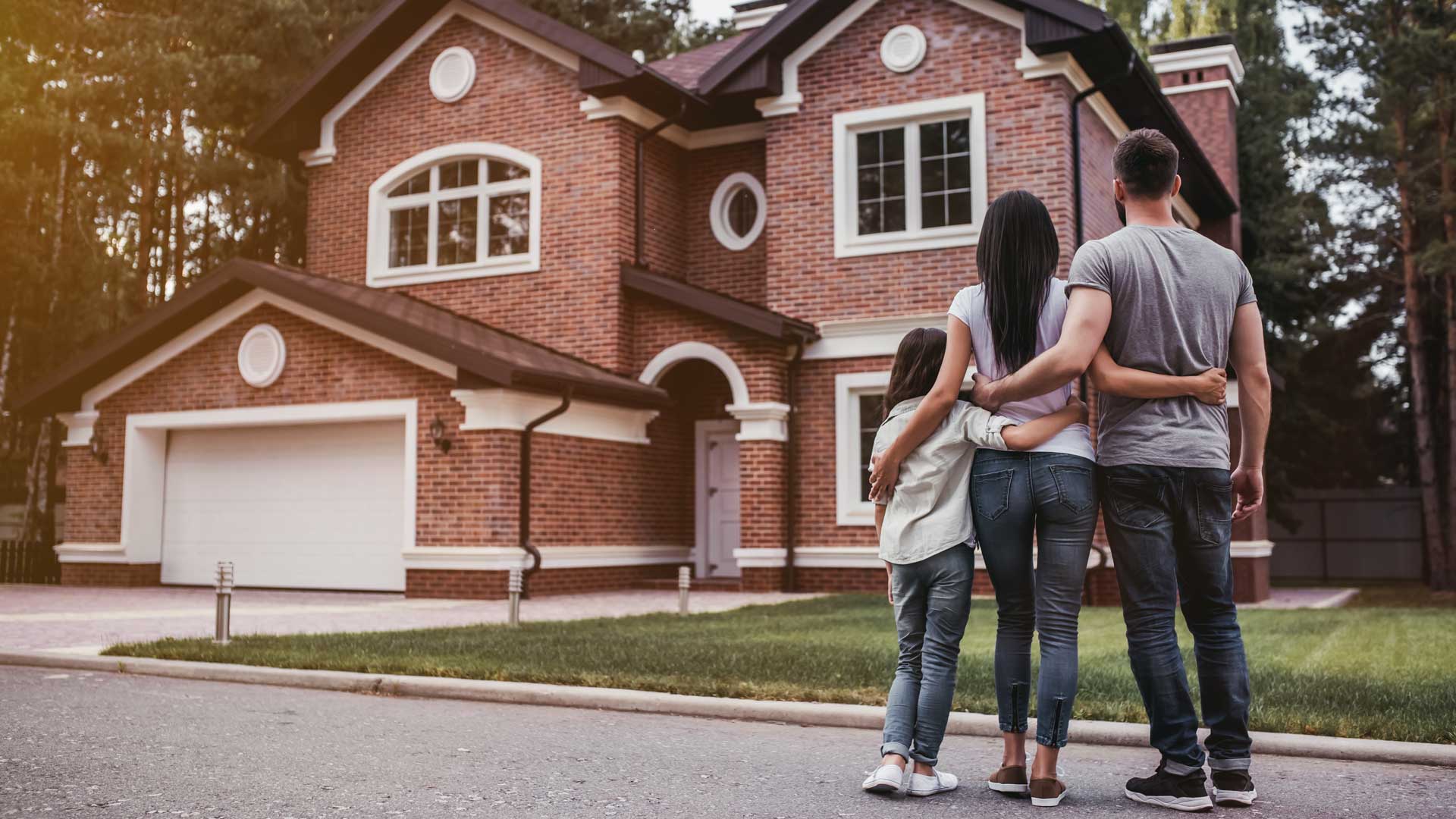Search Blog Posts by Blog Topic
Understanding the Differences Between Primary Residences, Second Homes, and Investment Properties
November 8, 2020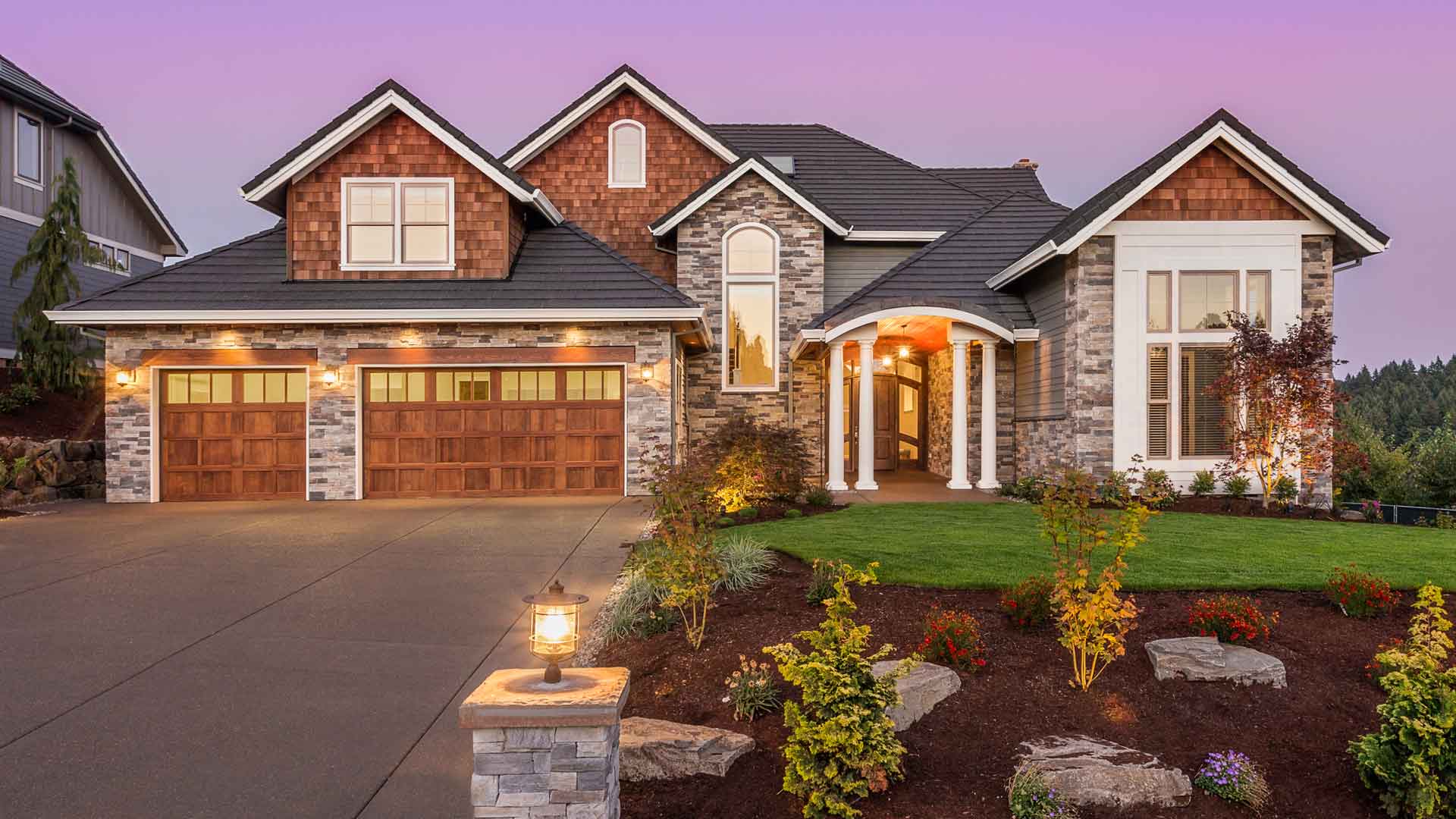
When buying a home, it is important to identify the differences between primary residences, second homes, and investment properties. This is because the classification that your new home falls under has a bearing on mortgage requirements as well as property taxes. When you apply for a new mortgage, how you wish to use the property you plan to purchase will be among the first few questions you need to answer.
What is a Primary Residence?
A primary residence is a home in which you live most of the time. From a lender’s perspective, a residence qualifies as a primary home if it meets these criteria.
- You move into the home within 60 days from closing.
- You live in the home for the most part of the year.
- Your workplace is located within a reasonable distance of the home.
Getting a mortgage for a primary residence is typically easier than getting a mortgage for other types of occupancy. In addition, borrowers can also benefit by getting lower mortgage rates. This is mainly because lenders view mortgages for primary homes as safer bets since such homeowners are more inclined to keep up with their repayments.
If you plan to refinance your primary residence’s mortgage down the line, your lender will require that you prove your residence by providing documentary evidence.
What is Secondary Home?
Quite like the name implies, a secondary home is a home where you plan to live occasionally. The older population makes up for a significant chunk of homebuyers in this category, often because they have paid off their primary home mortgages. A lender would view a property as a secondary home if:
- It is a single-unit dwelling.
- You have exclusive control over the home.
- You reside in it for some time during the year.
- The home is not subject to any kind of property management, timeshare, or rental agreement.
- It is suitable for occupancy throughout the year.
Lenders might require that your secondary home be some distance from your primary residence, with a 50-mile distance being a fairly common requirement. In case the distance is lesser, your lender might view your new purchase as an investment property, subjecting you to stricter eligibility criteria and higher interest rates.
When it comes to taxation purposes, a property can qualify as a secondary home if you have not rented it out for 180 days or more through a year, and have spent some time there yourself too.

What is an Investment Property?
Simply put, an investment property is one through which you plan to generate income. While you may choose to rent out an investment property, you also have the option of making it your own residence. However, in this case, any other property that you rent out (your primary home, for instance) would be viewed as an investment property. Commercial properties can also fall under this segment.
A lender would typically view a home as an investment property if:
- You rent or lease it out.
- You plan to flip the property and make a profit.
If you’ve told you a lender that you plan to lease or rent the home you wish to purchase, you will need to provide a lease/rent agreement to confirm that the property has a tenant.
From the taxation point of view, investment properties are ones that are used solely for the purpose of generating income. Homes that are rented out for 180 days or more in a year usually fall under this category.
How Do Mortgages for These Types of Properties Differ?
The type of mortgage you may qualify for has a bearing on the occupancy status of the house you wish to purchase.
Alternatives for Financing
If the home you wish to buy will serve as your primary residence, you may apply for a conventional loan, FHA loan, a USDA loan, or a VA loan depending on the type for which you qualify. When it comes to getting financing for a second home or an investment property, while you can think about getting a conventional loan, you have other options as well. These include getting a cash-out refinance or a home equity line of credit (HELOC) on your existing home. Hard money loans are usually viewed as last resorts because they come with higher costs and lower loan-to-value (LTV) ratios.
Mortgage Interest Rates
Lenders make available their most competitive interest rates for mortgages taken out on primary residences. The rates that lenders advertise are ones that you may expect when taking a mortgage for a primary home.
Interest rates for mortgages on second homes can be up to 0.5% higher than rates for primary homes because lenders view the former as higher risk bets. The perceived risk is even higher for investment properties. As result, you might end up paying up to 1% more as an interest toward a mortgage for an investment property when compared to a mortgage for a comparable primary residence.
Down Payment
Depending on the type of loan you get for a primary residence, you might need to pay 0% to 20% of the home’s selling price as a down payment. With a loan for a second home, you would typically need to pay at least 10% as a down payment. For investment properties, expect to pay at least 20% to 25% as a down payment. Lenders would also require LTV ratios to be 70% or lower. If you wish to refinance an existing mortgage to fund your second home or investment property purchase, lenders would look for at least 25% equity.
Requirements for Qualifying
Between the three, meeting qualifying requirements for a primary residence mortgage is usually the easiest. These include having a steady source of income, a fair to good credit score, and a debt-to-income ratio that falls within permissible guidelines.
When it comes to getting a loan for a second home, your lender will want to establish that you have adequate money to cover your existing mortgage’s repayments, your day-to-day-expenses, as well as payments toward the new mortgage. It is not uncommon for lenders to require that borrowers have enough cash reserve to make repayments toward both mortgages for at least six months.
Qualification requirements for investment properties are largely similar to those for second homes. However, lenders might also require borrowers to show some experience related to property management. If your lender permits, applying the rental income you anticipate toward your debt-to-income ratio might work well for you. In this case, you can get up to 75% of the expected rental income to count toward the income requirement. However, this would come with extra paperwork. You might have to go through a specialized appraisal that highlights comparable rent prices as well.
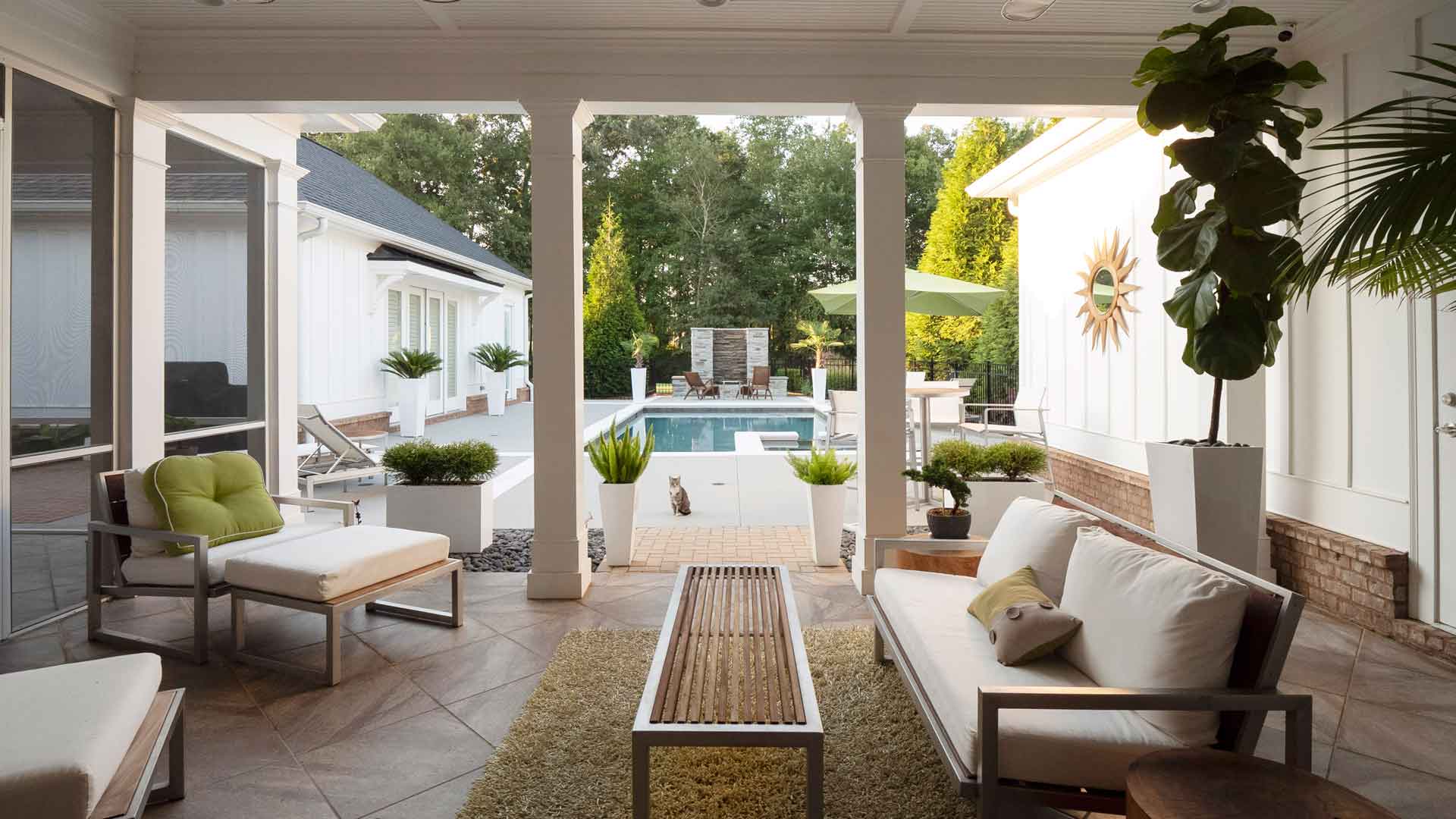
What Happens If You Claim an Investment Property to Be Your Second Home?
Misrepresenting the occupancy status of a home you purchase is against the law. However, this does not stop some homeowners from classifying investment properties they purchase as their second homes.
Bear in mind that intentionally misrepresenting how you plan to use the property so you benefit through relaxed mortgage requirements is viewed as occupancy fraud. Fines in such cases can be rather steep. You may also be subject to prosecution and might have to serve jail time if convicted.
Lenders pay due attention to this aspect, and they can use different methods to verify the occupancy status of homes for which they provide mortgages. Physical verifications were fairly common until not long ago. Some lenders still rely on random home visits to verify just who lives in any given home. In addition, lenders now make use of technology for verification. Data analysis plays an important role, where data from your tax information, credit bureau files, and utility bills help establish whether your actual address is different from the one you provide in a mortgage application.
Another drawback of lying about a home’s occupancy status is that it can make you a defaulter on your mortgage. If your lender finds out about any such misrepresentation, you might be required to repay the entire loan immediately. If you cannot, you risk facing foreclosure, and this could result in you having to forfeit your home. In extremely complicated cases, lenders have even been known to inform the Federal Bureau of Investigation (FBI).
There can be situations that are not fraudulent which may involve a primary residence turning into a second home or an investment property. This may happen if you relocate to a different neighborhood or a different city and end up buying a new home to use as your primary residence. In this case, you need to inform the mortgage provider of your old home about the change in the situation.
Tax Benefits
*For informational purposes only. Please consult with your tax advisor.
No matter whether you are a first-time homeowner or buying your second or third home, you can claim deductions toward interest payments, property tax, and insurance payments.
With an investment property, you need to include the rental income in your total taxable income. Deducting expenses that you incur in the property’s maintenance from your taxable income is a possibility.
If you rent out a second home for less than 14 days per year, you don’t need to include the same in your taxable income. You would need to include the rental income in your taxable income if you rent out the property for more than 14 days through a year. In addition, you typically cannot seek deductions toward maintenance and renting costs with second homes.
Homeowners need to be aware of the change in the deduction limit on mortgage interest that came about owing to the 2017 Tax Cuts and Jobs Act (TCJA). Before the act was passed, homeowners were allowed to claim deduction on interest paid for up to $1 million in mortgage debt. As of now, the limit stands at interest paid on up to $750,000 in principal amount. The limit is expected to roll back to $1 million after 2025. Existing homeowners who got their mortgages before December 15, 2017, are still subject to the old regulation.
Can You Reclassify a Second Home as an Investment Property?
There are instances when homeowners think about turning their second homes into rental properties after the purchase. Changing the occupancy status of a home within the first year might not be the best way forward, as you may then be subject to an occupancy fraud-related investigation. However, lenders can’t do much if borrowers choose to go down this path after repaying their mortgages for a few years.
Homeowners who wish to reclassify second homes as investment properties need to file their taxes accordingly while informing the IRS about their new rental income. They also need to update the occupancy status of their homes if they plan to refinance their existing mortgages.
Reclassifying a Second Home or an Investment Property as a Primary Residence
While you can move into a second home or an investment property and use it as your primary residence, there is more to it than that. Given the tax benefits that come with primary residences, it is best to keep the IRS informed.
Homeowners who wish to make investment properties their primary residences should check if they qualify for a 1031 exchange. This gives owners of investment properties the ability to use proceeds from the sale of one rental property to purchase another. By doing this, homeowners can reduce the amount of money they pay toward depreciation rapture and capital gains taxes.
Conclusion
When you think about applying for a mortgage, expect your lender to ask what type of property you wish to purchase. Getting a mortgage for a primary residence is typically the easiest, and these mortgages tend to come with the best interest rates. If you plan to buy a second home or an investment property, it is normal to face more stringent eligibility criteria. In case you’re not sure about the classification of your desired purchase, speaking with a loan officer might be in your best interest.
DISCLAIMER:
CONSULT WITH YOUR TAX ADVISOR. 30-YEAR FIXED-RATE MORTGAGE: THE PAYMENT ON A $200,000 30-YEAR FIXED-RATE LOAN AT 3.875% AND 80%LOAN-TO-VALUE (LTV) IS $940.14 WITH 0 % POINTS DUE AT CLOSING. THE ANNUAL PERCENTAGE RATE (APR) IS 4.026%. PAYMENT DOES NOT INCLUDE TAXES AND INSURANCE PREMIUMS. THE ACTUAL PAYMENT AMOUNT WILL BE GREATER. SOME STATE AND COUNTY MAXIMUM LOAN AMOUNT RESTRICTIONS MAY APPLY.
Ready To Get Started?
Fill out the form below and a mortgage professional will get back to you shortly.
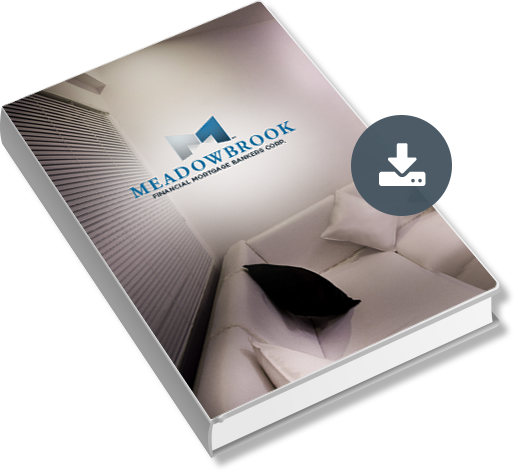
First Time Homebuyer’s Guide
Considering homeownership but not sure where to begin? The Meadowbrook Financial Mortgage Bankers Corp. guide to home buying will make the process easy all in one packet.
Recent Articles
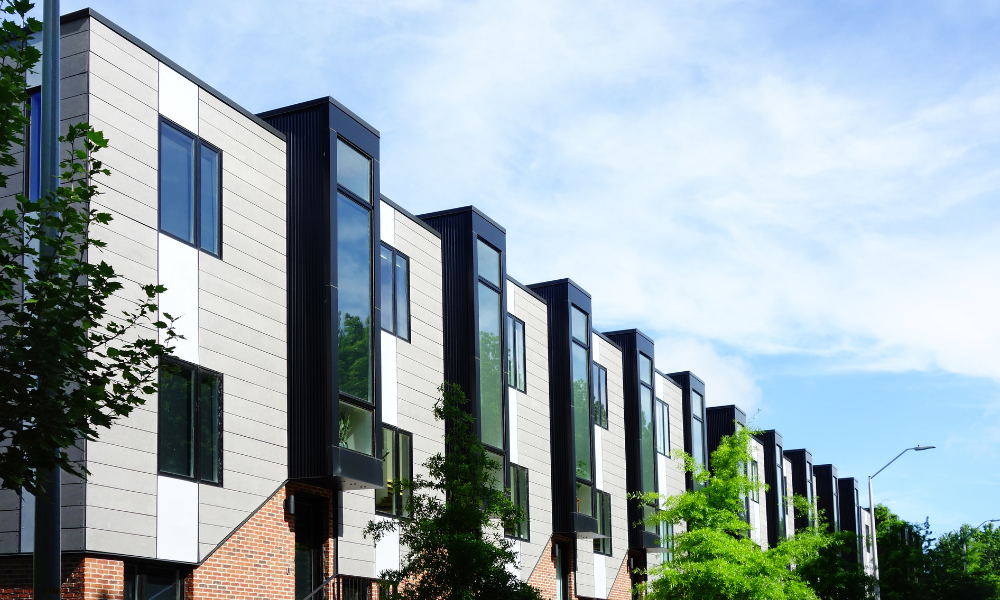
An In-Depth Condo Buying Guide
2 July, 2025One reason why many first-time homebuyers prefer condos over single-family homes is that they are typically more affordable and give them the means to start…
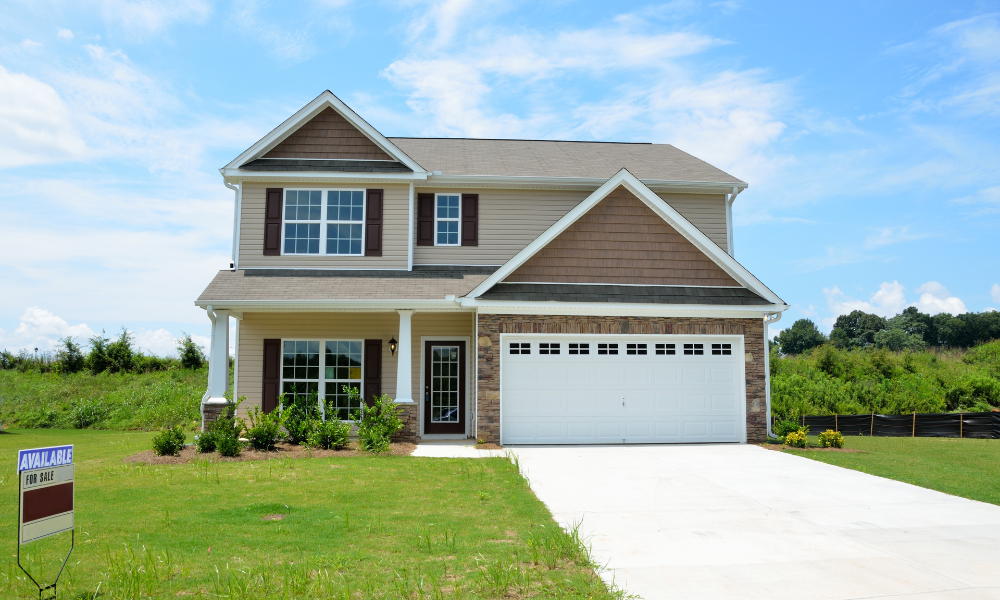
Should You Buy an Under-Construction, New Build, or…
18 June, 2025The dream of owning a home often comes with having to make an array of decisions, and perhaps none is more crucial than choosing the…

How Do Pets Influence Homebuying?
1 May, 2025Adding a furry friend to your family can bring so much joy to your life. Whether it’s a dog, cat, bunny, or other, they’re sure…

